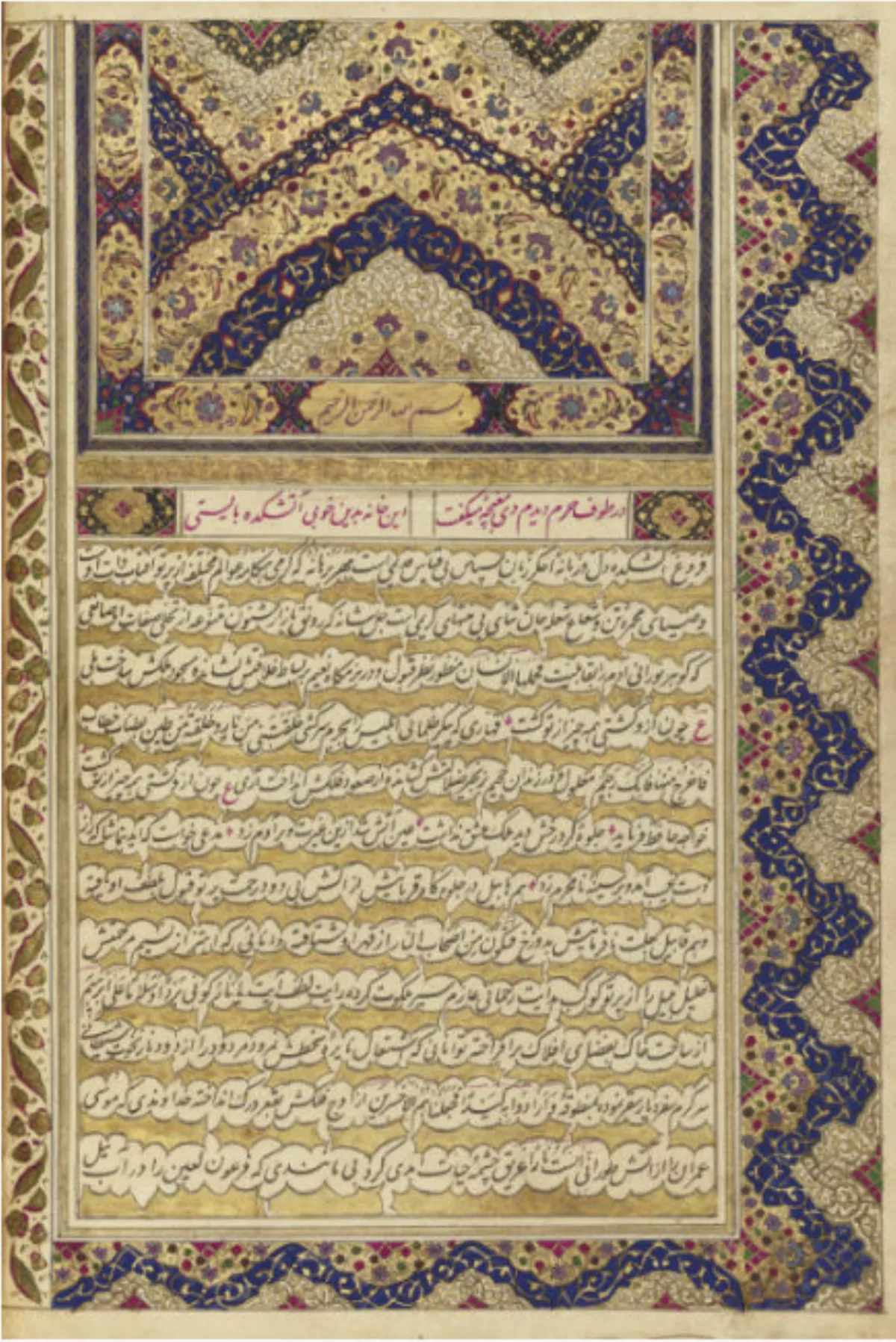 1.
1. Hajji Lotf-Ali Beg Azar Bigdeli, better known as Azar Bigdeli, was an Iranian anthologist and poet.

 1.
1. Hajji Lotf-Ali Beg Azar Bigdeli, better known as Azar Bigdeli, was an Iranian anthologist and poet.
Many of Azar Bigdeli's relatives were prominent in the late Safavid era and during the subsequent reign of Nader Shah as diplomats and bureaucrats.
Around 1735 or 1736, Azar's father Agha Khan Bigdeli Shamlu was appointed governor of Lar and the coastal areas of Fars province by Nader Shah and Azar, and his family moved to Shiraz, the provincial capital of Fars.
In 1737 or 1738, after the death of his father, Azar Bigdeli made pilgrimages to Mecca and the Shi'ite shrines in Iran and Iraq.
Azar Bigdeli subsequently enlisted in Nader's army and accompanied his troops to Mazandaran, Azerbaijan, and Persian Iraq.
The city was sacked by Ali Mardan Khan Bakhtiari in 1750, and Azar Bigdeli reportedly lost about 7,000 of his early written verses; however, he was still a respected poet during his lifetime.
In 1774 or 1775, Azar Bigdeli was forced to leave Isfahan again, due to misrule by Zand governor Hajji Mohammad Ranani Esfahani.
Azar Bigdeli and his friend Hatef Esfahani, who was a native of Isfahan and a member of the bazgasht-e adabi movement, eventually ended up at Kashan, where their mutual friend Sabahi Bidgoli had lived most of his life.
Azar Bigdeli was at Kashan when the 1778 Kashan earthquake struck, in which he lost his brother and his house.
The Persian studies academic Jalal Matini explains that Azar Bigdeli chose such titles to underline his mission to defend Persian poetry as a member of the bazgasht-e adabi movement.
The book consists of two sections, both of which Azar Bigdeli called a majmareh.
All poets in the Atashkadeh-ye Azar Bigdeli are mentioned by their pen names, and the book is arranged in alphabetical order.
Azar Bigdeli dedicated the Atashkadeh-ye Azar Bigdeli, completed shortly before his death, to Iranian ruler Karim Khan Zand.
The prose of the Atashkadeh-ye Azar Bigdeli, although exhibiting some specific weaknesses frequently seen in 18th-century Persian literature, is mostly straightforward and articulate.
The Atashkadeh, like much other contemporary poetry from Isfahan and Shiraz, was an example of the bazgasht-e adabi, of which Azar Bigdeli was a leading figure.
Azar Bigdeli is censorious of the Persian Saib Tabrizi, one of the majors of "Indian style" Persian poetry, as well as his followers.
Azar Bigdeli praises his teacher, Mir Sayyed Ali Moshtaq Esfahani, in the Atashkadeh:.
The poetry that defined Azar was influenced by his paternal uncle, Wali Mohammad Khan Bigdeli.
Azar Bigdeli chose the tarkib-band, which is a stanzaic form often used for elegiac themes.